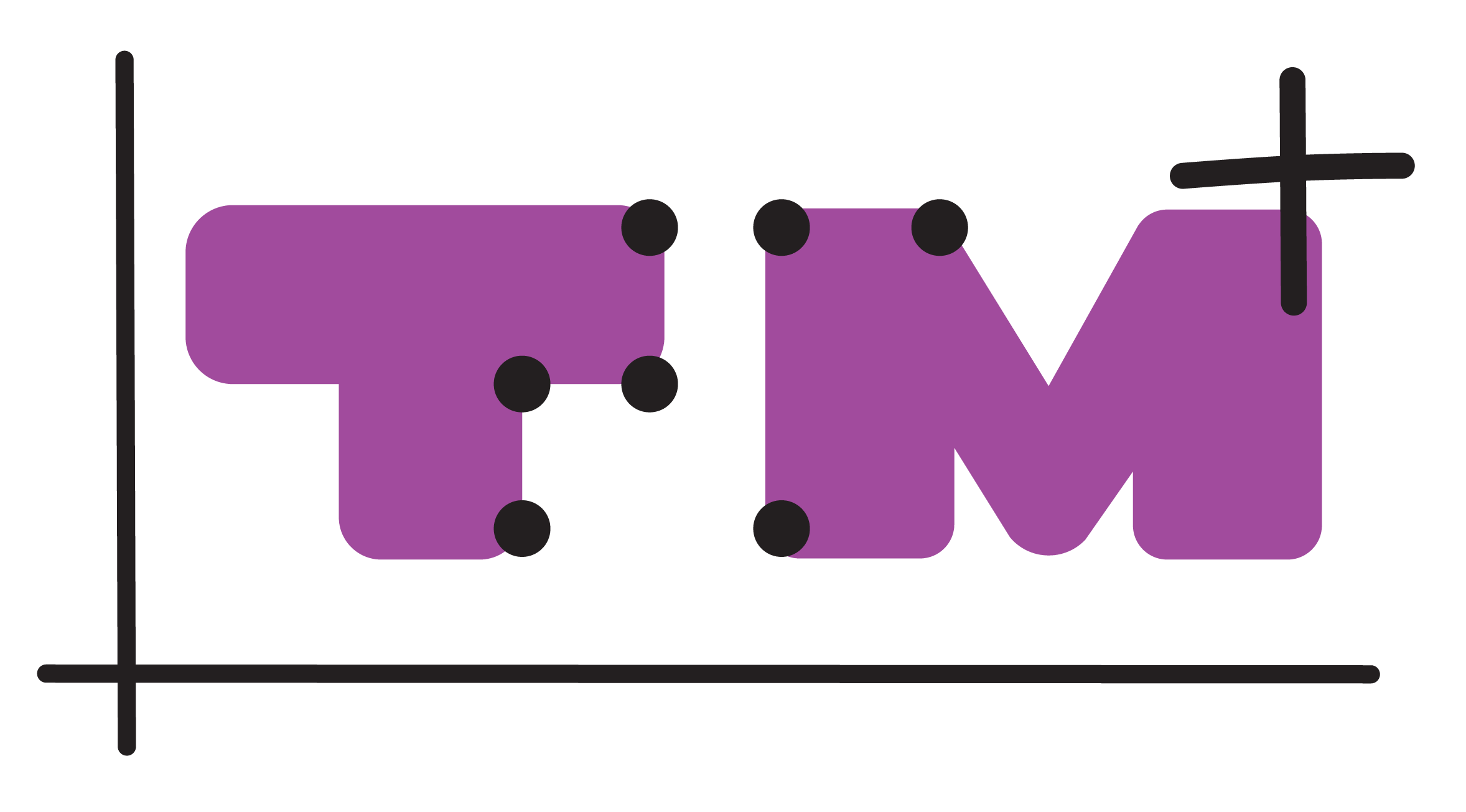Reading and comprehending graphs through touch or hearing can be a time-consuming process, often lacking in precision. An effective alternative involves providing a verbal description of the graph, which may entail describing the corresponding standard graph. For more advanced students, it may be enough to simply mention the name of the standard graph along with any applied transformations. Paying attention to these transformations is essential for all students as it facilitates a deeper connection between algebra and geometry. For instance, a graph like y = (x ‐ 1)^2 ‐ 3 can be described as a transformation of the standard parabola, involving a shift of 1 unit to the right and 3 units downward.
We have developed Excel worksheets that allow students to practice working with parabola transformations. These can be downloaded from downloads section. The image below illustrates an example of this workbook’s content. It explains the transformation from the standard parabola (y = x^2) to the parabola with equation y =x^2 ‐ 4x + 3. The transformed parabola has the same shape as the standard parabola but is translated in the horizontal (+2) and vertical (-1) direction.

